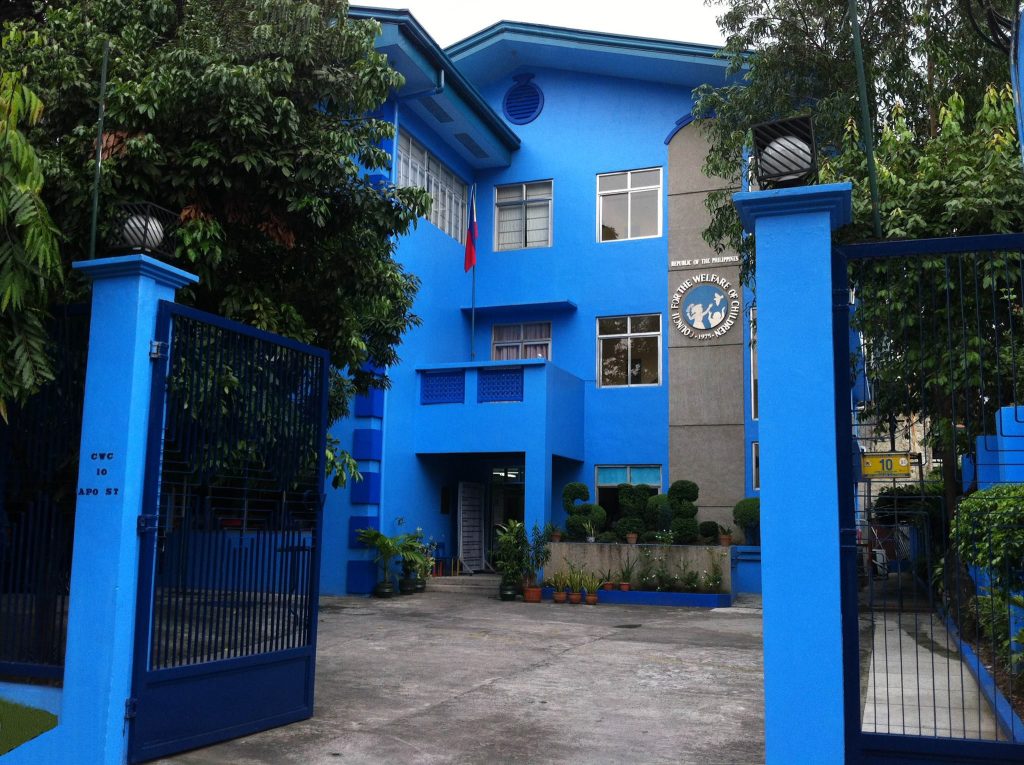ABOUT CWC

The Council for the Welfare of Children (CWC) was created through Presidential Decree 603, otherwise known as the Child and Youth Welfare Code in 1974. It is mandated to coordinate the implementation and enforcement of all laws, formulate, monitor and evaluate policies, programs and measures for children.
Executive Order No. 806 signed in 2009, amended EO No. 778 and affirmed that CWC shall continue to function and exercise the same powers pursuant to the provisions of PD 603 and Executive Order 233 and attached to DSWD.
CWC EVOLUTION
- Presidential Decree 603 (Child and Youth Welfare of Code) of 1974 signed into Law by President Ferdinand E. Marcos created the Council for the Welfare of Children under the Office of the President;
- Executive Order 708 of 1981, reorganized where CWC became an attached agency of the Ministry of the Social Services and Development (MSSD);
- Executive Order 233 of 1987 (Reorganization Act of CWC) signed by President Corazon C. Aquino, redefined the role and organizational structure and enlarging the membership of CWC and continue to be attached under the Department of Social Welfare and Development (DSWD);
- Republic Act 8980 or the Early Childhood Care Development Law of 2000 signed by President Joseph Ejercito Estrada mandated CWC to serve as the National Early Childhood Care and Development Coordinating Council (NECCDCC) under the Office of the President;
- Executive Order 779 of 2009 signed by President Gloria Macapagal-Arroyo, transforming the CWC into the Early Childhood Care and Development Council; and
- Executive Order 806 of 2009, amended EO 778 and affirmed that CWC shall continue to function and exercise the same powers pursuant to the provisions of PD 603 and Executive Order 233 and attached to DSWD.

CWC LOGO
The Council for the Welfare of Children logo carries three important icons- a boy and a girl-child representing Filipino children, a dove representing the CWC’s vision for peace and harmony, and a twig of laurel leaves representing the opportunities and rights of children. A royal blue color is used as background to depict a peaceful and enabling environment for children. The children are depicted in action, which translates to healthy, active, alert well-nourished children protected from abuse and exploitation. The logo integrates gender equality.

